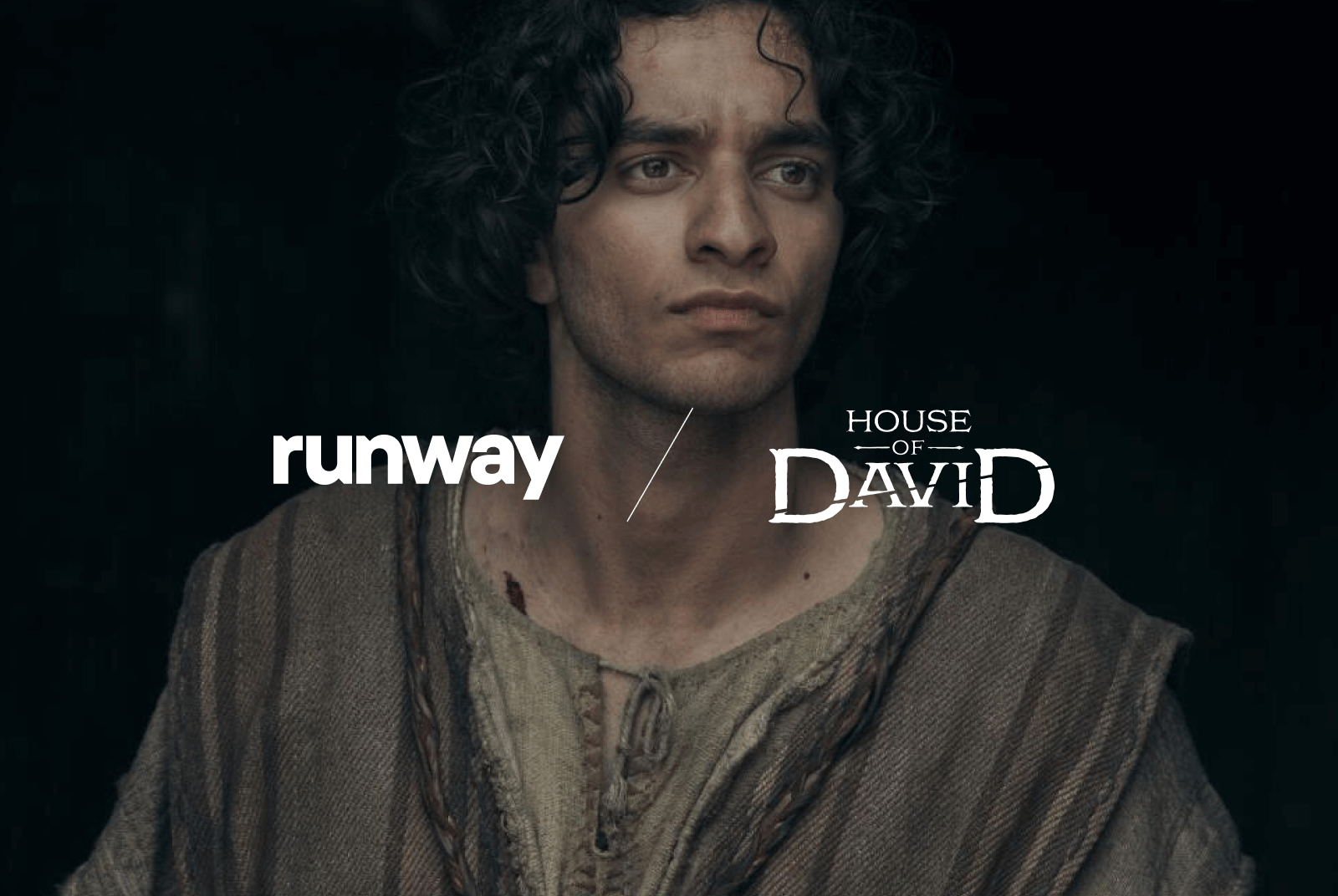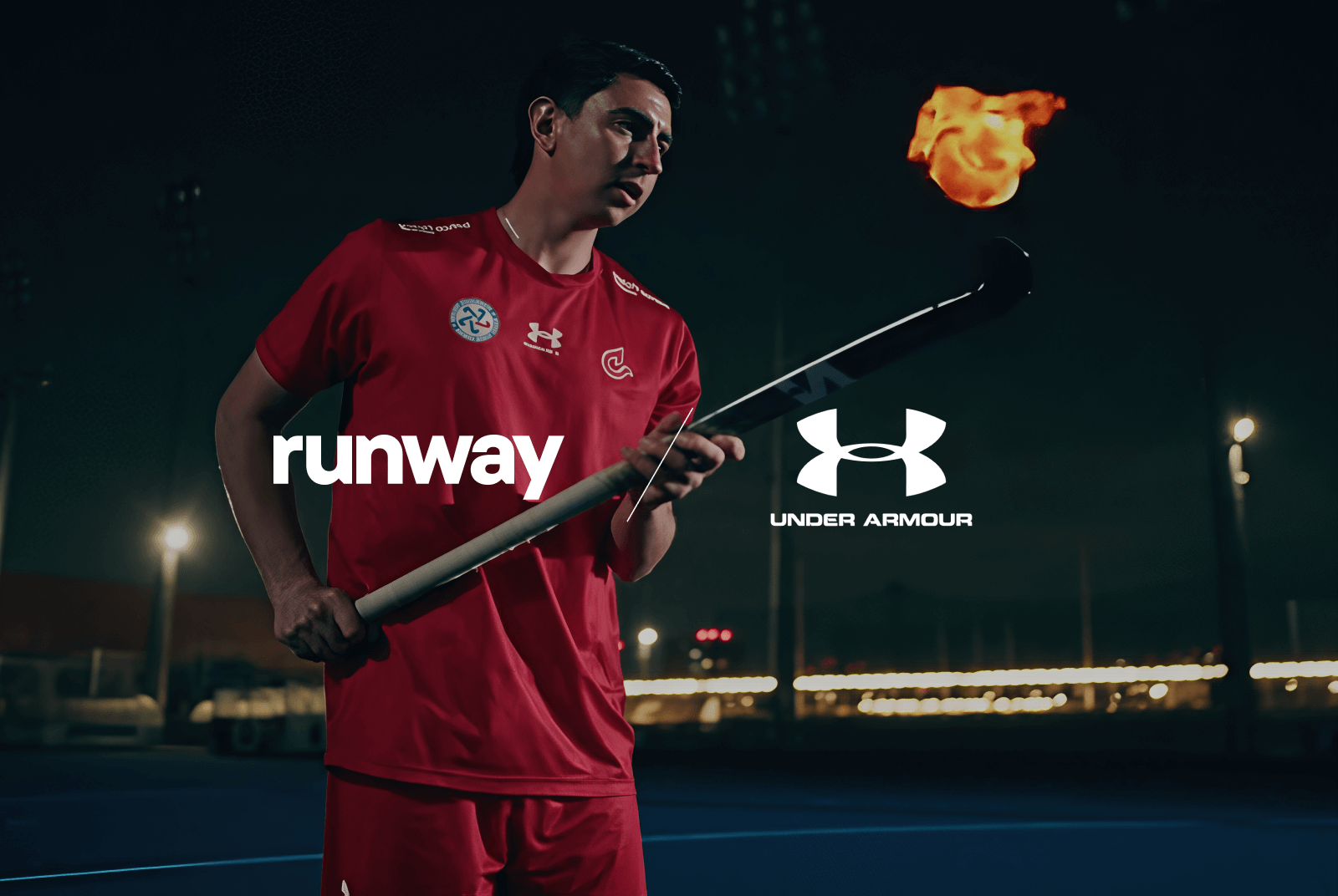
What was at stake with the Under Armour project?
This was Under Armour's first TV commercial produced in Chile, and we partnered closely with Simple, a local advertising agency. Usually they show global campaigns here, but this time they wanted something local, featuring the Chilean national hockey teams. It was a big deal.
The creative challenge was equally daunting. We wanted to have these different shots—in the locker room, action on the field, someone falling—the goal was to build tension with a classic dramatic arc. But the most important thing was the fire. Fire equals passion for the team's spirit. Without the fire looking absolutely right, the commercial was nothing.
The production logistics were massive – 80 people on set, including 40 players from both men's and women's national teams, crews, clients and agency representatives, all shooting at night in freezing temperatures at Chile's largest sports stadium, and we only had one day to shoot.
Why did you choose Runway over other AI tools?
We’ve tried every tool out there, and we’re constantly testing different products to see what’s best. But when Runway came out with Aleph, things finally reached the point where I thought, “Okay, this is production-ready. This is going in our official toolbox forever.”
The timing was almost uncanny. We were presenting our test shots to Under Armour prior to winning the business, showing them what fire on the field would look like, and Aleph access dropped the day before. It was exactly what we needed – perfect timing.
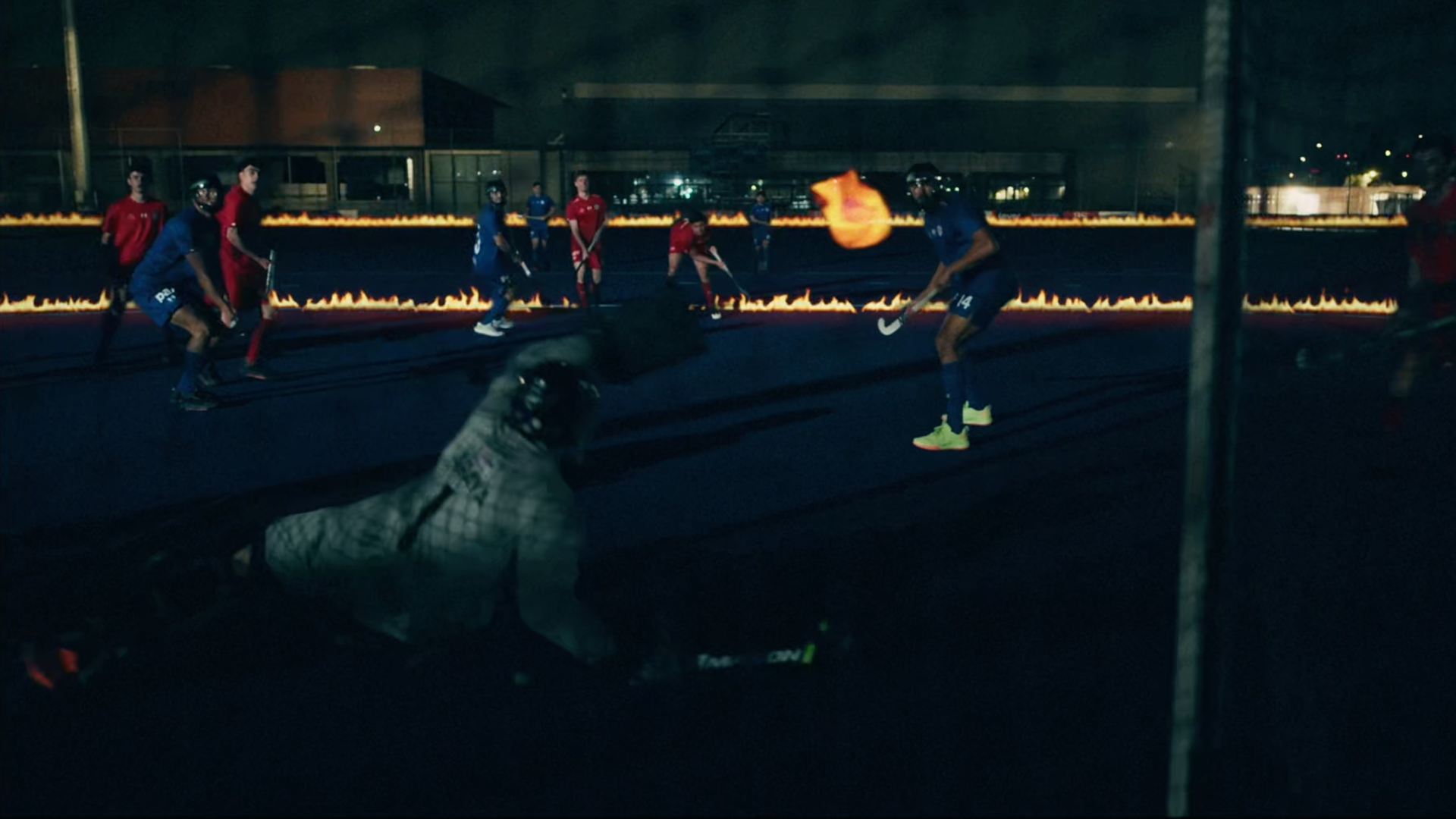
How did you use Runway in the pitch process?
This is where Runway became our secret weapon. We took reference images from other sports commercials and transformed them – turned daytime shots into night scenes, added fire to soccer balls, created fire lines on the field. We could show Under Armour exactly what the final product would look like before we'd even gone to the shoot.
Showing them the post-production already developed and delivered before we got the green light gave them the confidence to say, “This is going to work.” We didn't have to rely on a big post-production company to help us sell the project. It was fluid and easy, and very affirming for the client.
Walk us through the production workflow.
After winning the pitch, we scouted the stadium and ran real-world tests. We shot one of us running on the field with our iPhones and put those through Runway as tests in actual conditions.
The shoot itself was technically demanding. We started in the changing room for product placement, then moved to the field for action sequences. We're not hockey players, so we figured out what would be exciting – a tackle, a play going through defenders, scoring a goal. We built that classic tension and resolution. The players were pros, so they executed it perfectly.
The post-production process was where Runway became essential. I had three or four tabs of Runway open simultaneously, asking for different things – fire here, fire there. It felt like having these super talented assistants working for me. We generated around 500 shots total across different iterations.
Runway fit in our existing workflows – sometimes we would add effects to shots before putting them into Runway, like highlighting the lines on the pitch so Runway could add fire to them.
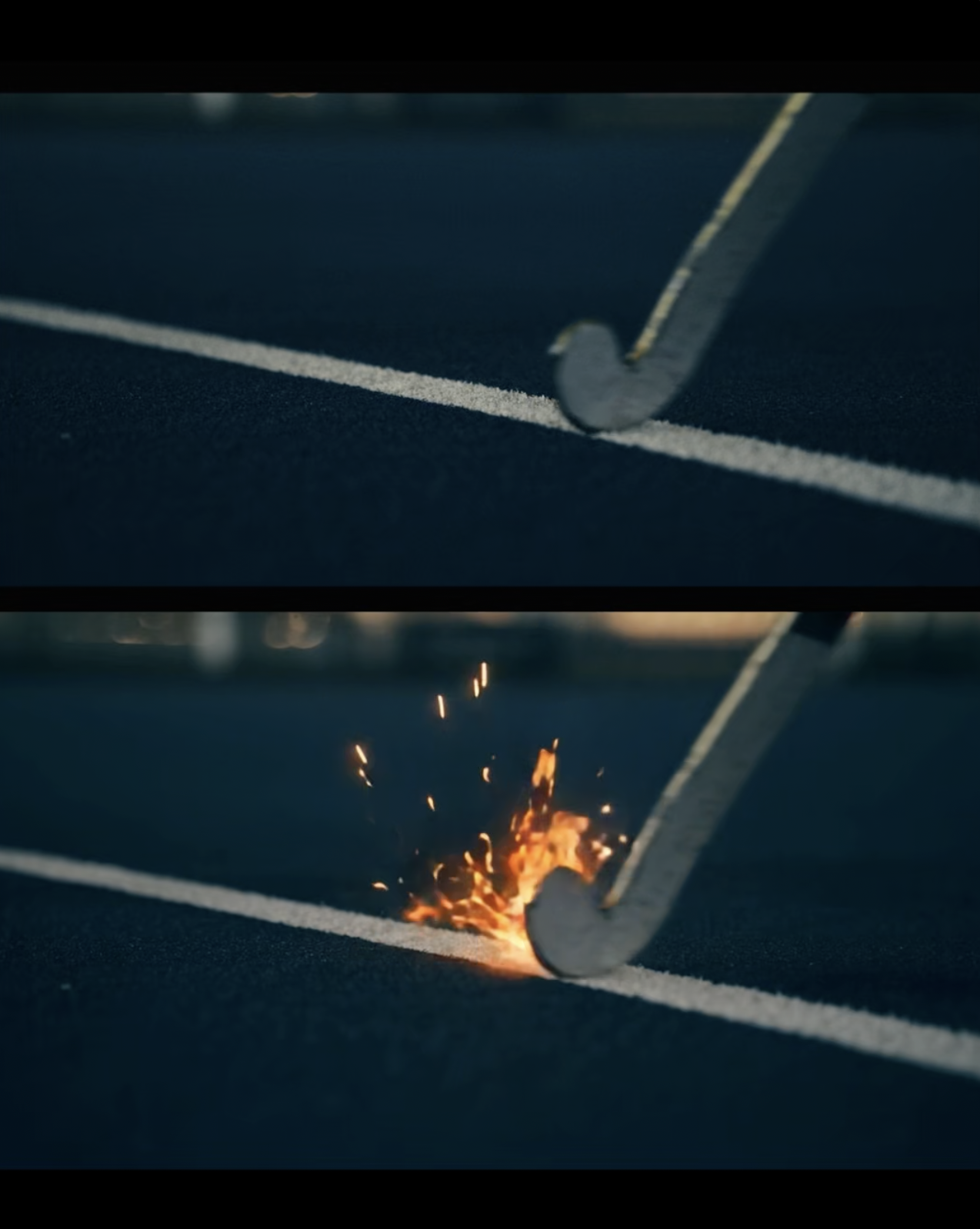
What was the impact?
The results were immediate and measurable. Our proposal came in at one-fifth the cost of competitors who wanted to use traditional 3D VFX and real fire rigs. Being able to solve problems with better logistics in camera, lighting and especially post-production gave us the advantage to get the job.
The turnaround time impressed the client. When they'd request changes—”add more fire here”—we could deliver revisions the next day. That responsiveness is huge in commercial work where timelines are tight.
Beyond this project, Runway has fundamentally changed how we approach every job. We now consider it for every single project. Sometimes a client has a reference image but lacks imagination. We can modify backgrounds, change wardrobes, show them exactly what we mean. It's become essential to our pitch process.
How are you using Runway on future projects?
We're already integrating Runway into everything we do, and we see a bigger industry shift happening. We're aiming to be the reference point in Chile for hybrid production – photography, filming and AI combined. We don't think traditional action and photography will be completely replaced, but you can take it to the next level.
It's not like you stop working and AI does everything for you. You continue working the same amount, but you're able to deliver more to clients. If you don't do that, you're out of the game. In our business with commercial clients, if you don't use these tools, you're probably out.
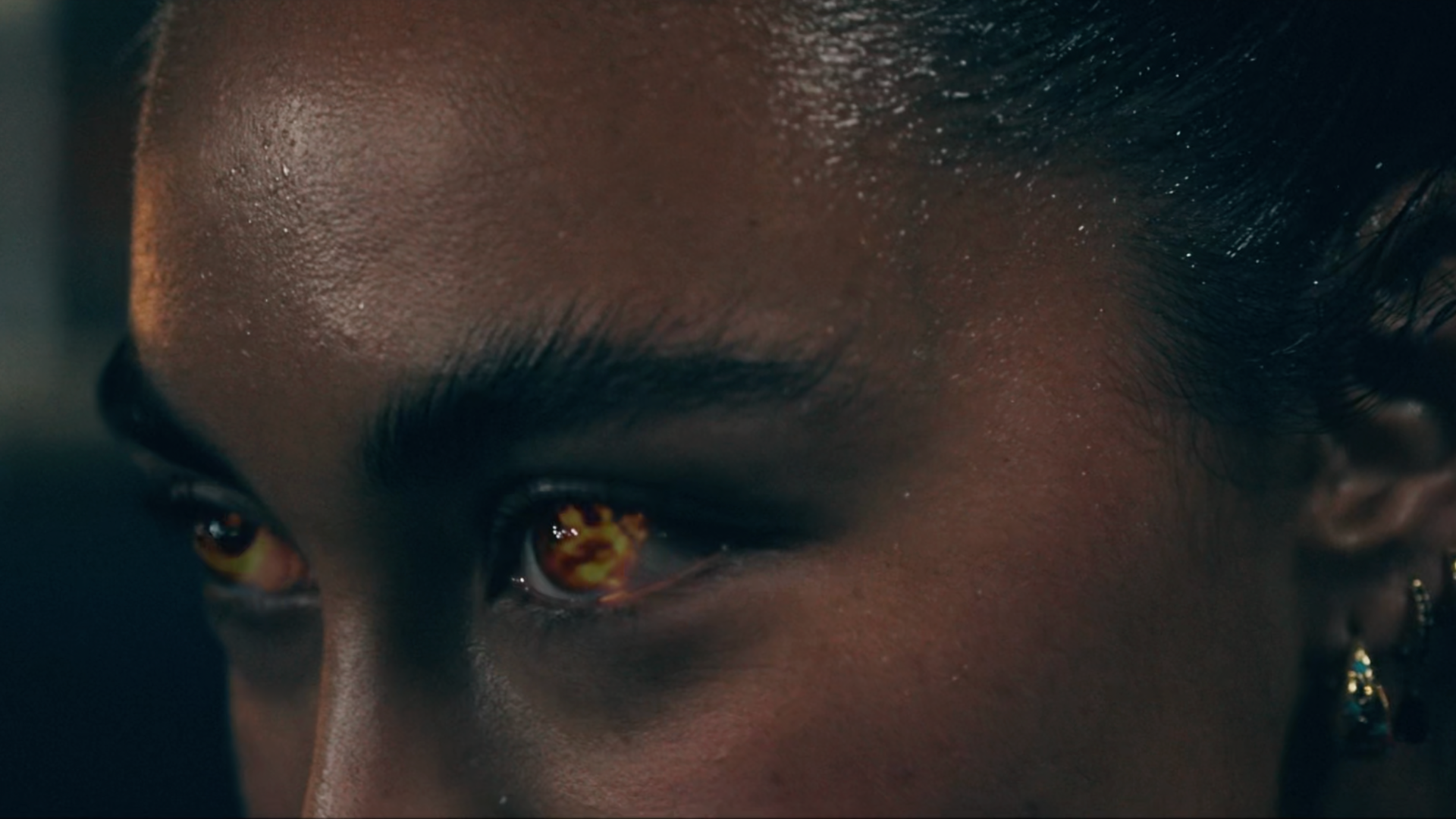
What advice would you give other production companies?
Clients and agencies in Chile aren't doubting these tools anymore. They're already using AI for finance, for information handling and to create still images for advertising. Video is the natural next step.
The key is understanding when AI enhances versus replaces traditional craft. You still need to get as close as possible to the final result from the camera. Especially with product shoots where you're showcasing real clothing or specific items. But for VFX, environments and creative enhancements, the possibilities are endless.
Perhaps most importantly, it requires a shift in creative mindset. Working with Runway changed how we approach post-production. You get too close to projects sometimes, lose perspective in the details. With tools like Runway, you can stay more like a director, an observer choosing between options, rather than working in the machine room. You're directing instead of just executing.

